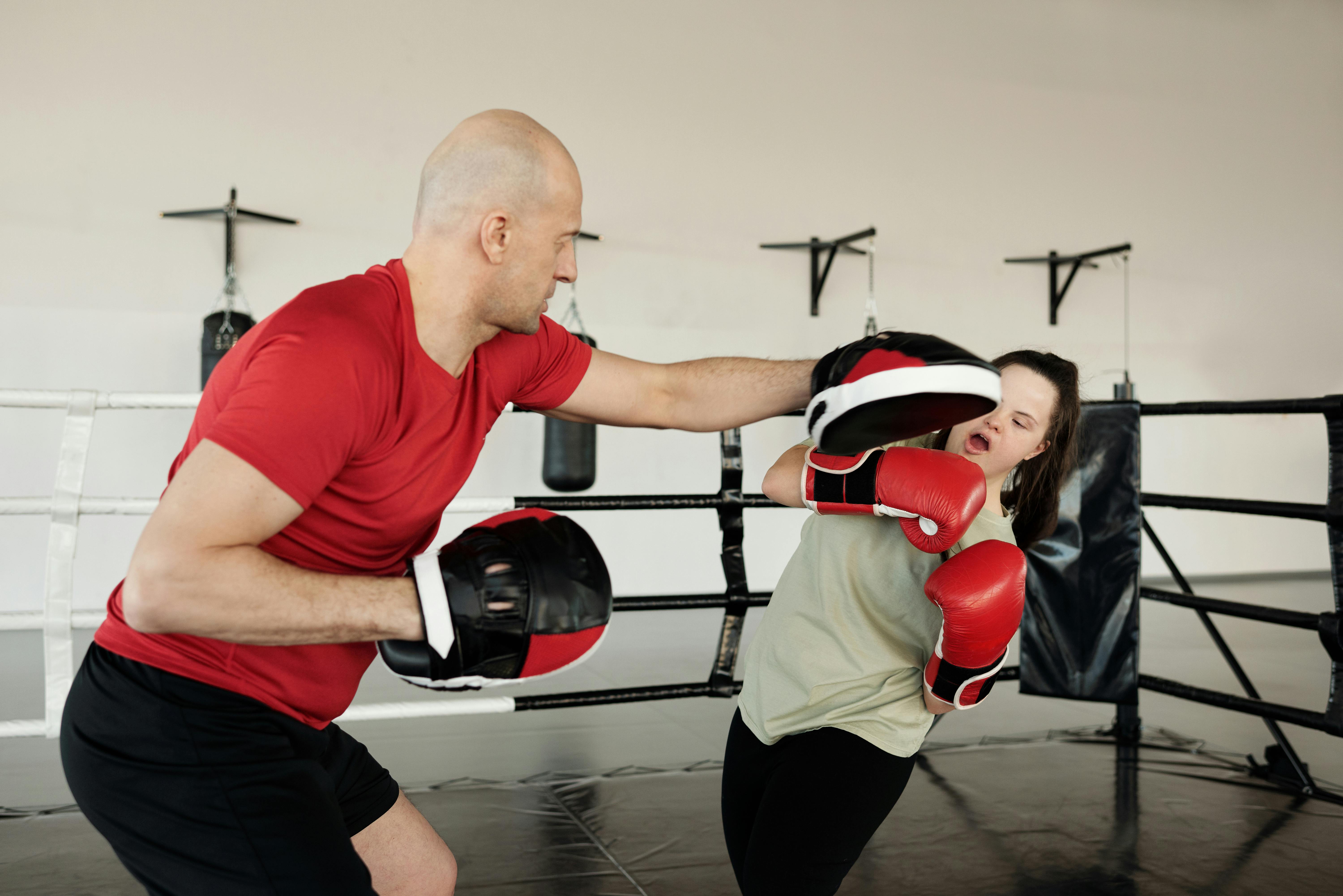The 1960s gave rise to a hippie subculture that was originally a youth movement across the United States. Not only did it spread to other countries, but it has had a resurgence in recent years for young and old alike. Shows like That 70s Show are no doubt partially to blame, but the fashion industry has taken notice and we’re seeing hippie headbandsand fashion everywhere these days.
Both men and women of the hippie movement wore jeans and kept their hair long, wore sandals, or went barefoot. Men frequently grew beards, and women refused to wear makeup and bras. They wore brightly colored clothing in unusual styles including flared jeans, vests, tie-dyed clothing, dashikis, peasant skirts and blouses, and those famous hippie headbands they adopted from Native Americans. In addition, they adopted styles from Asian, Indian, African, and Latin American cultures.
Hippies were known for wearing handmade clothing because their beliefs included challenging corporate culture. That is why they not only learned to make clothes; They bought them in flea markets and second-hand stores.
Many may not know that the hippie scene actually grew out of the beatnik scene of the 1950s. The ideologies were originally the same as were the values.
Hippie fashions and values completely changed our culture, influencing music, television, literature, and the arts, as well as morals and religious beliefs. As you can imagine, tons of hippie clothing, ideals, and other aspects of hippie culture have become part of our mainstream culture today. From church movements to cultural diversity, the concepts have become increasingly accepted over the last few decades.
Hippie music festivals are just one of the many forms of celebration where we embrace the effects of hippie culture in modern times.
At these festivals, hippie symbols and iconography are everywhere, including the peace sign that can be seen on peace clothing, tie-dyed clothing, hippie jewelry, other forms of hippie fashion, and even occasional peace sign tattoos
Girls are known to wear gypsy skirts, which are peasant skirts, or broomstick skirts, often tie-dyed and similarly fashionable hippie dresses. Hippie wall hangings are often draped or cut and sewn into dashikis or dresses as well.
In particular, there was a myriad of designs of hippie headbands. These bohemian headbands were often braided from leather or fabric of almost any kind. The fancy headbands of the 1980s were a throwback to them, but the headbands of the 1960s weren’t typically stretchy like those of the 1980s. The fashion trend included wearing bandanas or a simple cord tied around the head in various styles. These boho headband accessories did not have to match a particular outfit and therefore often had a personal meaning or were worn as a statement or to commemorate something in many cases.
The sight of the hippie headband was a sure sign in the ’60s that a hippie was in your presence. This often drew derision from those who resisted the morals of the hippie movement. Their hippie clothes and turbans were then considered as the costumes of young fools. Now people want to know where they can find a hippie store!
Hippie bands at festivals wear clothing and headbands that are often made more modern with some kind of new fashion style. Popular piercings add a new twist to the hippie look, as do the dreadlocks often sported by neo-hippies these days.
Fashion changes, purpose. hippie headbandsFashion, clothes and music are here to stay!
